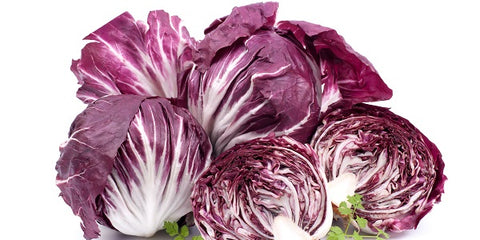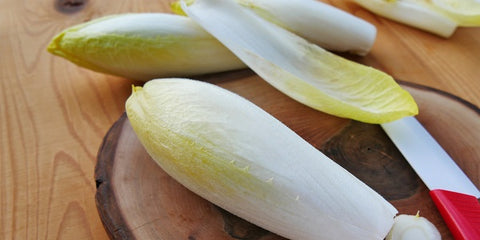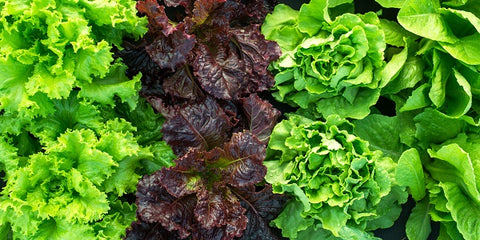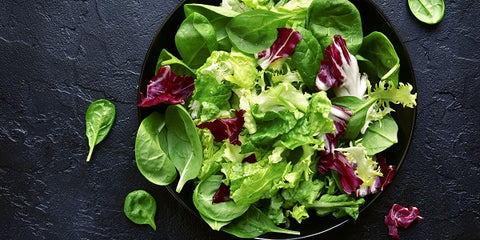
Guide to Growing Endive, Chicory and Lettuce
Gerard
Endive, pronounced on deev, and Chicory both belong to the same plant family called Cichorium and are pretty much staple greens along with Corn Salad, in any Dutch, French or Italian summer salad. Endive grows similar to a lettuce with a mild bitter taste but comes in two forms - a narrow leaved called curly endive and the other a broad leaved type called escarole.

Chicory comes in 3 different shapes – radicchio, pronounced ra deak hio, forms a heart with red veined white leaves, puntarella which has a mass of strap like leaves and witloof where the plant is grown, lifted and the top cut off, so it regrows a secondary tightly closed torpedo shaped head. The secondary growth usually takes place in a darkened space so that the head is quite pale, hence its name, which is a translation from the Flemish meaning white leaf.

Historically, lettuce was first cultivated by the Egyptians approximately 6000 years ago not as a plant to eat but to press the seeds for oil. Later, it was bred by the northern European countries as they began to develop the shapes and styles you know today. Romaine was named after the selection grown in the Roman Papal Gardens, while Cos was named after the Greek island bearing its name, a centre for lettuce production in the Byzantine era. Being a relatively easy plant to breed and cross within the genus of Lactuca, many styles developed over time. Today they're known as Cos, Romaine, Butterhead, Batavian, Heading or Loose Leaf.

Like Lettuce, Chicory is also recorded in Ancient Egyptian texts, but is actually a common weed in many forms that occurs naturally throughout Eurasia. Like many plants, the ancient people probably saw that animals would happily graze on it, so it became ok for them to eat it as well. They also have an attractive light blue daisy like flower that can often be seen on roadsides or in pastures over the summer months.

Both Endive and Chicory are rich in antioxidants and dietary fibre that help lower blood sugar levels by slowing digestion and lower bad cholesterol by reducing the body's absorption of harmful fats from other foods. If you were tempted to use Endive for the first time, try growing the fine leaf type (Pancalieri Fine Cut) and use it how you would lettuce in a green salad, you’ll enjoy the crisp bright green frilly leaf and its slightly bitter flavour. With Chicory, one novel way is to barbecue it on the grill, brush leaves with olive oil, grill it on one side until it's slightly wilted, top with balsamic vinegar, salt and pepper and sprinkle with toasted almonds or walnuts.

For Witloof, grow that particular variety until it has developed a healthy head of leaves and a decent root, dig it up and cut its leafy head off. Replant the root in a darkened room, where it will re-sprout to form a torpedo shaped head. Cut that off when it's 15 cm tall and eat.

Lettuce, Chicory and Endive all germinate well at cooler temperatures, ideally somewhere between 10 and 21 deg C. They also prefer to grow in the cooler months, although some Lettuces will cope with summer heat better than others.
Relatively easy to grow, give them good ventilation and fertile humus rich well drained soil, and you can't go too far wrong.


















































